This might look like an unfair comparison, as the price of the Mavic 3 is more or less double that of the Mini 3
But many will find this head-to-head interesting, for many reasons: users who want to buy a Mini 3 Pro want to know what they will miss in quality compared to the flagship model. Also, some professional users might be interested in adding the Mini 3 to their Mavic 3 for urban shooting or for vertical photos. And after all, the Mini 3 is called PRO!
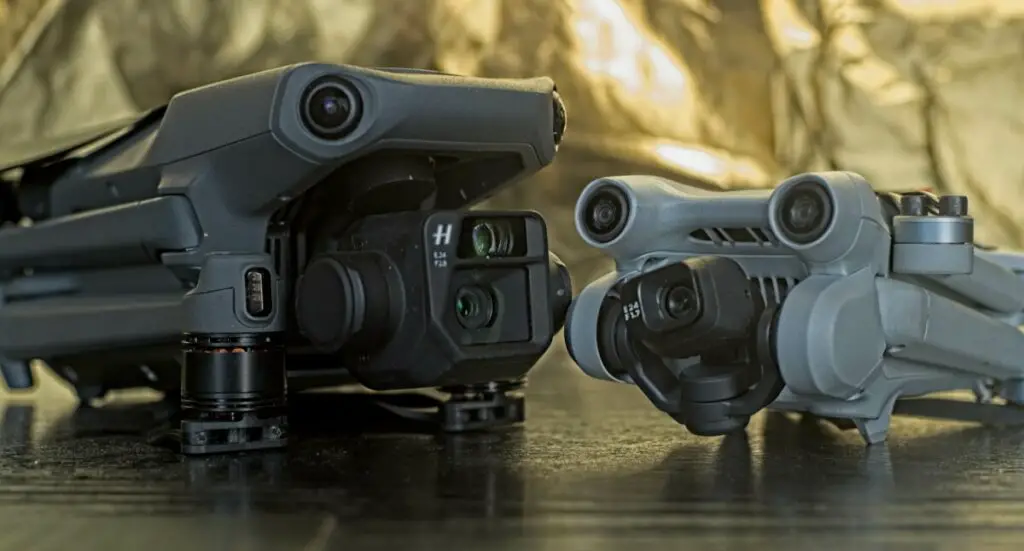
If You Prefer To Watch This As a Video
DJI Mini 3 Pro vs Mavic 3 and 3 Classic Photo Specs
| Mini 3 Pro | Mavic 3 and 3 Classic | |
| Weight | 249 grams | 895 grams |
| Sensor size | 1/1.3″ | 4/3″ |
| Field of view | 82.1° (24 mm) | 84° (24 mm) |
| Aperture | f1.7 | f2.8 – f11 |
| Photo resolution | 12MP (48 MP mode available) | 20 MP |
| Photo format | JPEG, RAW | JPEG, RAW |
| Photo modes | Single image 48 MP Automatic Exposure Bracketing (3 or 5) Burst Timed shots | Single image Automatic Exposure Bracketing (3 or 5) Burst Timed shots |
| Battery life | 34 minutes | 46 minutes |
I am not going too deep here into the photo features of these two models, as I have already done an in-depth analysis of photography with the Mini 3 Pro and of Photography with the Mavic 3 and 3 Classic. I will simply point out some essential differences between the two models for photography
For editing and color grading all the images I have used the excellent Luminar Neo, the tool I use for editing and managing all my photos. Click on the link for an in-depth analysis of this program
The Mini 3 Pro
- Is a lightweight model below the critical threshold of 250 grams, therefore under more relaxed regulations in many countries, especially for urban flying
- The sensor size is much bigger than the one of the Mini 2, the other lightweight model of the DJI line
- Can shoot videos and photos in vertical format. It is a strong selling point for footage with users involved on social media platforms. But I also find it interesting for photos, to add some extra creativity
- Has an extremely wide aperture of f1.7 which should give good results in low light and high dynamic range situations
- The Quad Bayer 12 MP sensor is able to split each pixel into four smaller ones, thus achieving a sort of 48 MP mode

Due to the very large aperture, the Mini 3 is the only drone that can reach the limits of exposure: in very strong light, the image can be overexposed even with the base ISO and the fastest shutter speed. I would recommend using a set of ND filters to solve this issue. Here is my analysis of ND filters for the Mini 3 Pro
The Mavic 3 and 3 Classic have some features reserved for the flagship model
- The 4/3″ sensor is the largest of any models in DJI prosumer line
- It is the only model featuring variable aperture, from f2.8 to f11
- Battery life is by far the longest in DJI prosumer line
- Real photo resolution is 20 MP, the same as in the Air 2S, but much higher than the Mini 3 Pro
- It is the only model with a dual-lens system with a long telephoto lens besides the traditional wide-angle one (only for the Mavic 3)
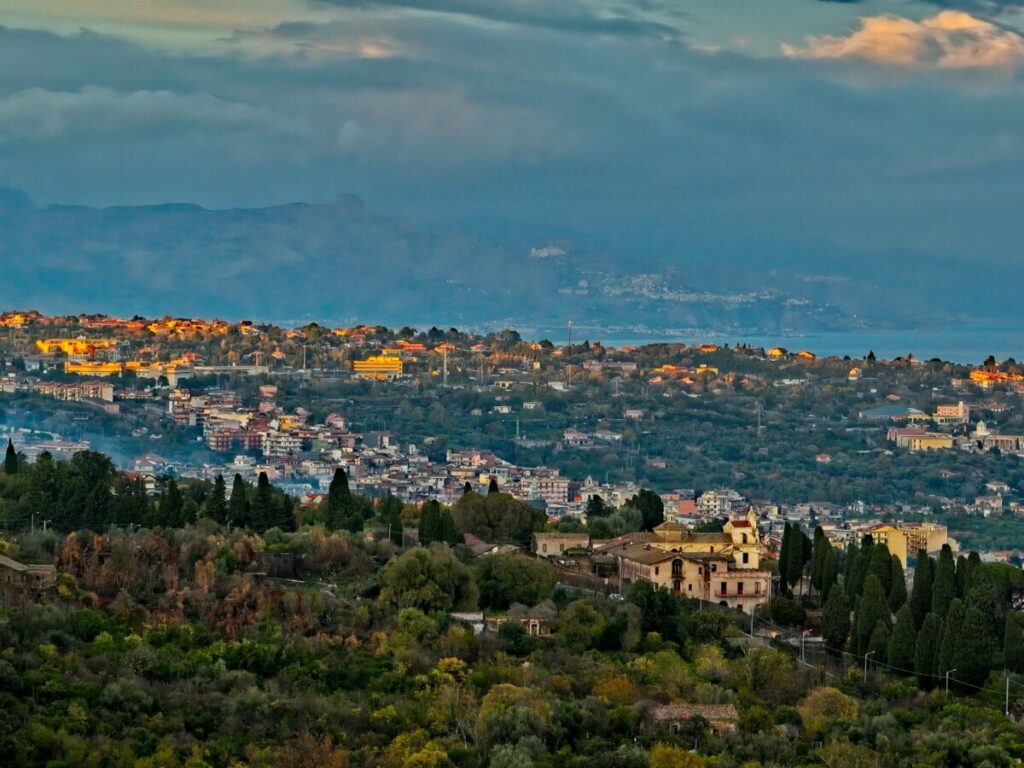
The telephoto lens offers an optical 7x magnification of the image for very interesting applications, to get closer to subjects that could not otherwise be reached, and for extreme parallax effects. The quality of the image has been constantly improved by firmware updates and I find it now quite good, although not the same as the one of the main wide-angle lens
It is a feature not available in the Mavic 3 Classic, here is my in-depth analysis of the telephoto lens of the Mavic 3
Mini 3 Pro vs Mavic 3 Photography in Easy light conditions
It is summer here in Sicily and the light conditions are the worst possible. It is very hazy and foggy. But for the purpose of comparison, it is actually a good thing as difficult conditions better show the differences between the two models
The Mavic 3 and 3 Classic in easy light conditions have much more detail than the Mini 3 Pro due to the much bigger sensor and the higher 20 MP resolution. The color management system named Hasselblad Natural Color Solution yields sensational results. In easy light, it is a big win for the flagship model
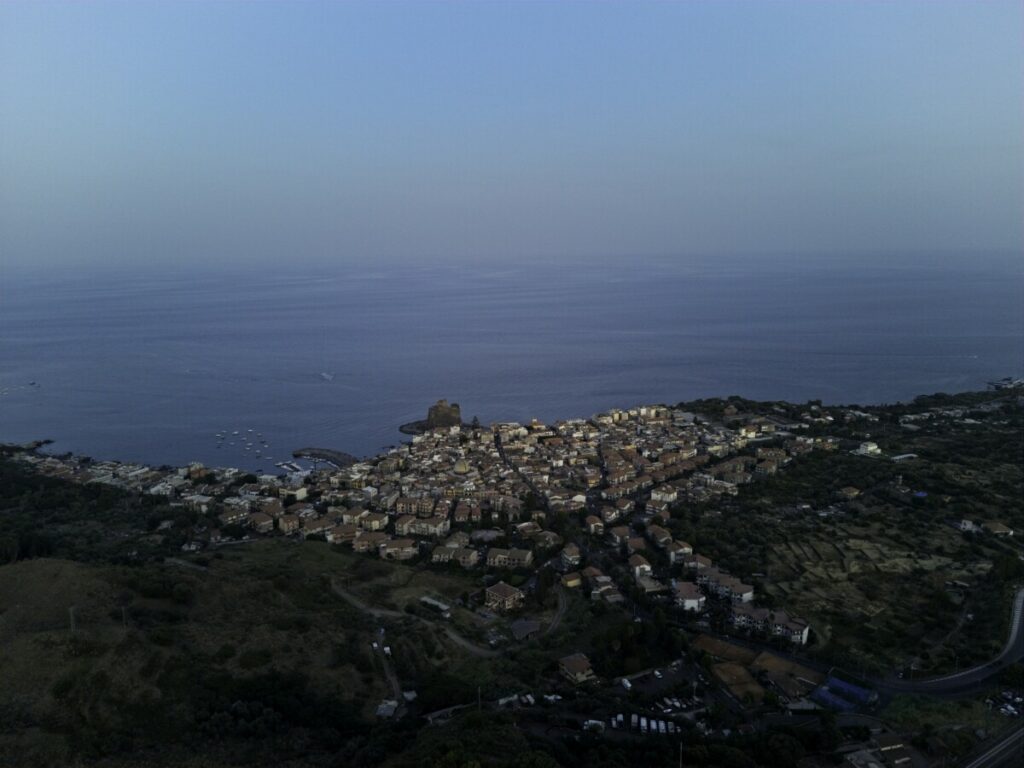
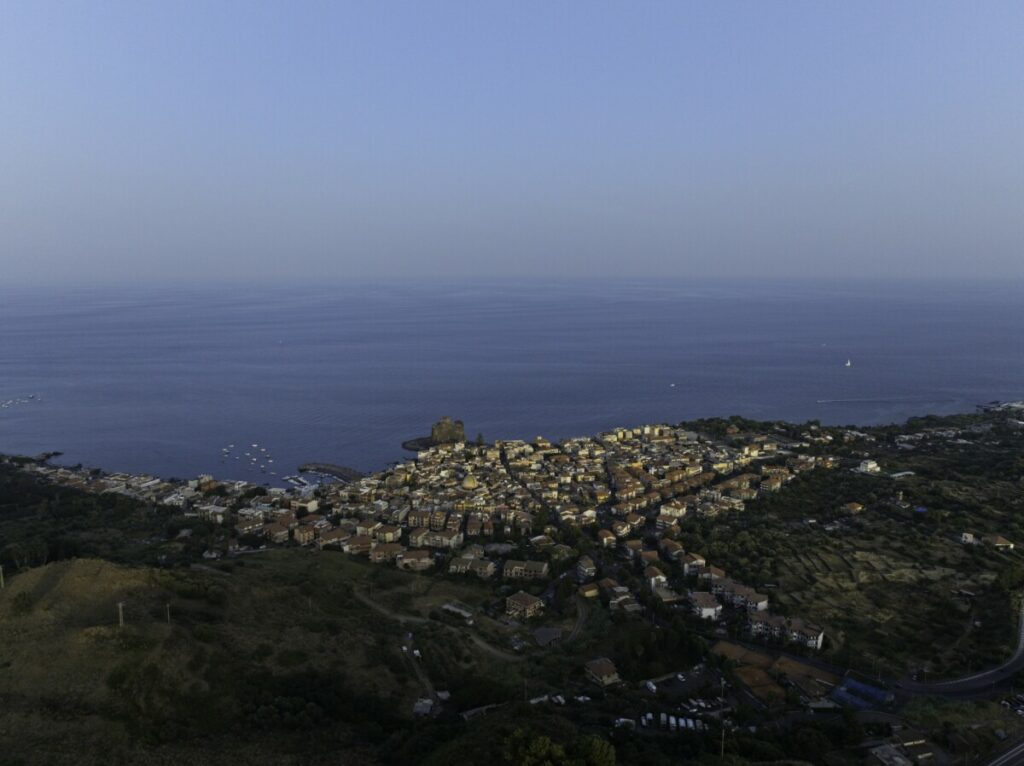
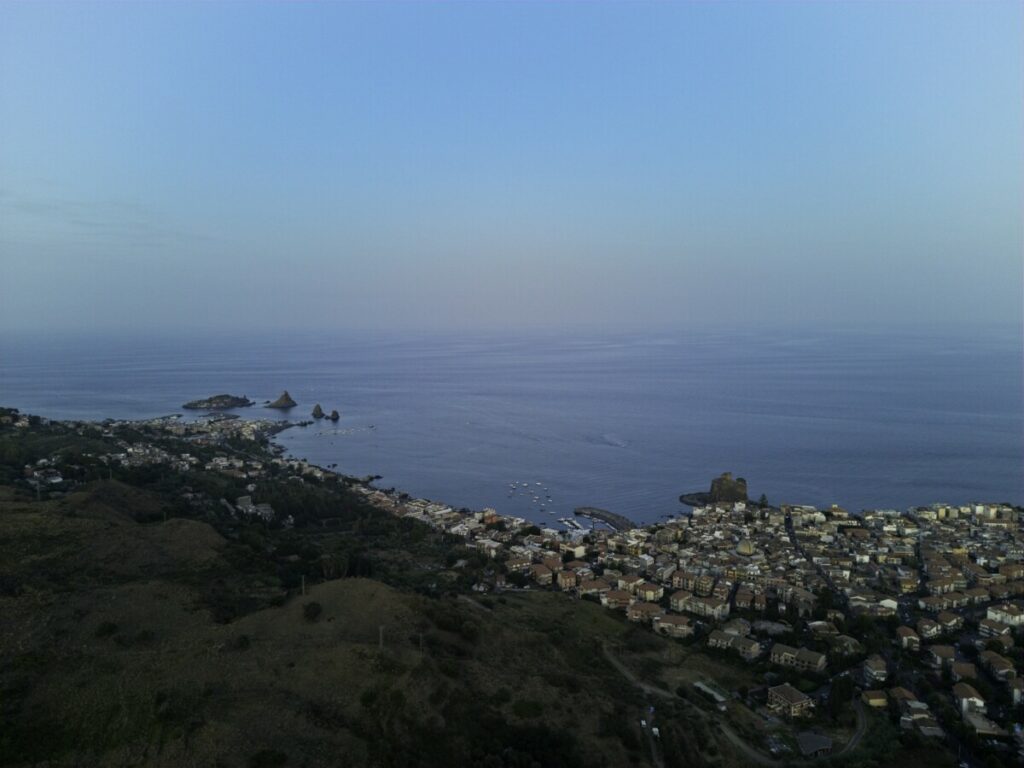
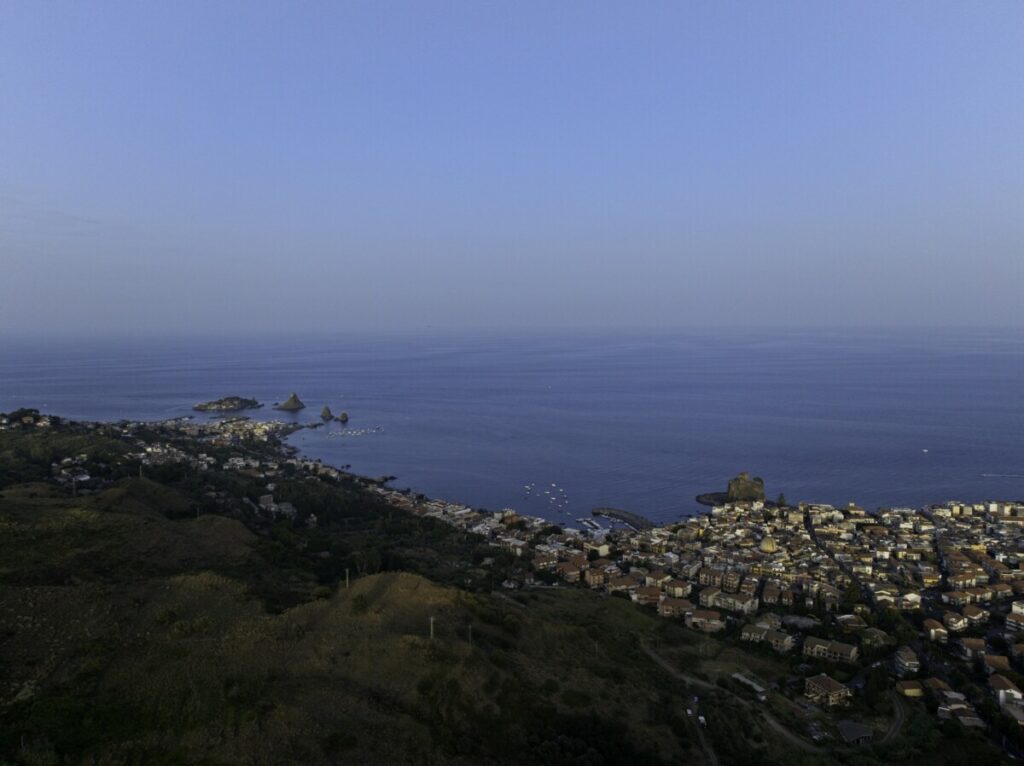
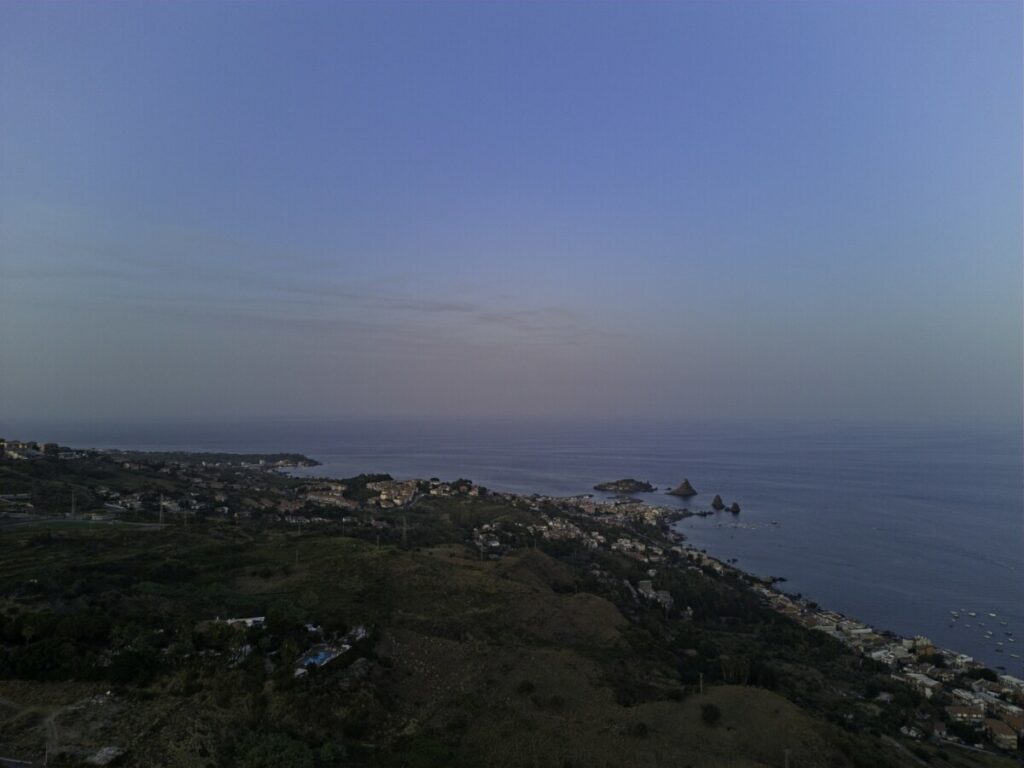
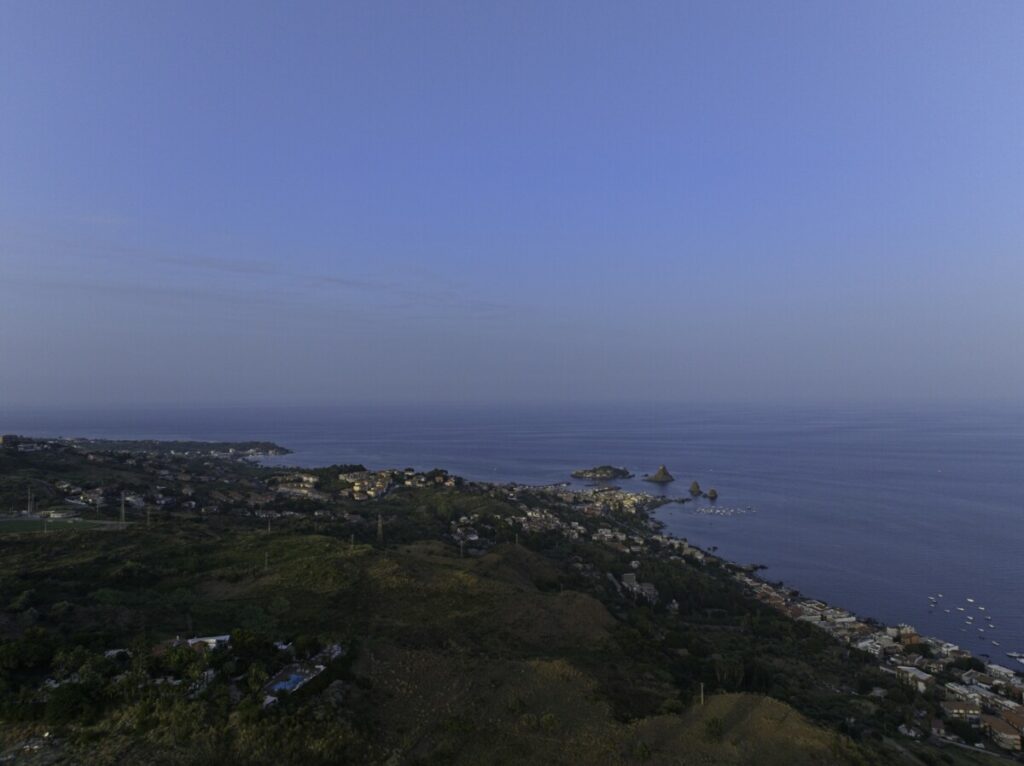
With the Mini 3 Pro, the quality of the images is good, but it could certainly do with a bit of extra detail. The color rendition is quite nice, considering the difficult conditions
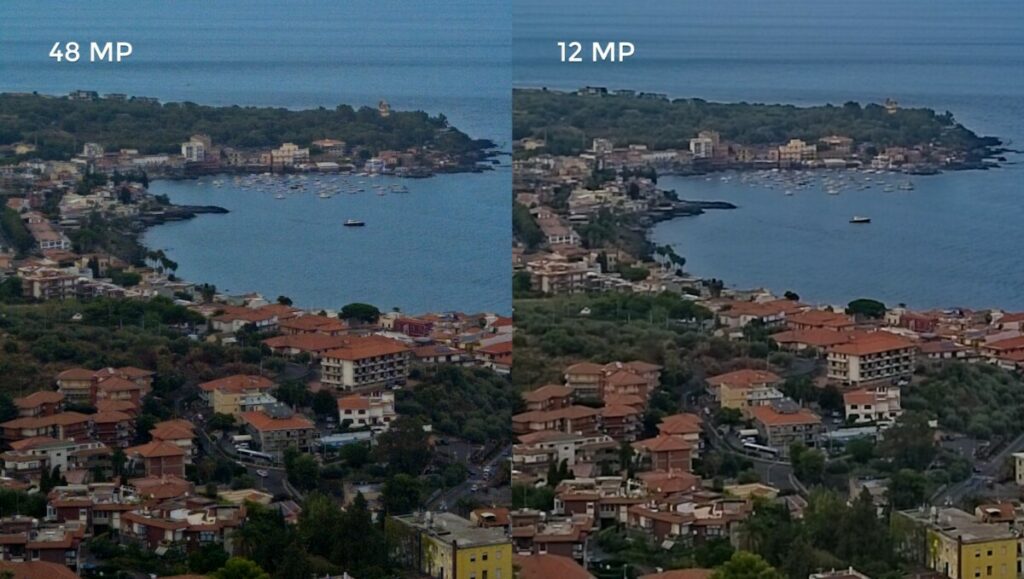
The 48 MP mode is useful to slightly increase the detail in situations of limited dynamic range, but it is not to be used against the sun or in low light, as the small size of the pixels gathers less light and therefore the shadows show a noticeable amount of chromatic noise. Here is my analysis of the 48 MP mode of the Mini 3 Pro
Mini 3 Pro vs Mavic 3 Top-Down Photos
By turning the camera down towards the ground, we take the sky out of the equation and can concentrate on detail and color rendition.
In top-down images once again we notice more detail in the images shot with the Mavic 3 compared to the Mini 3 Pro, especially in the shadow. The colors are excellent in both models, but the ones of the Mavic 3 are richer and the files respond extremely well to post-processing
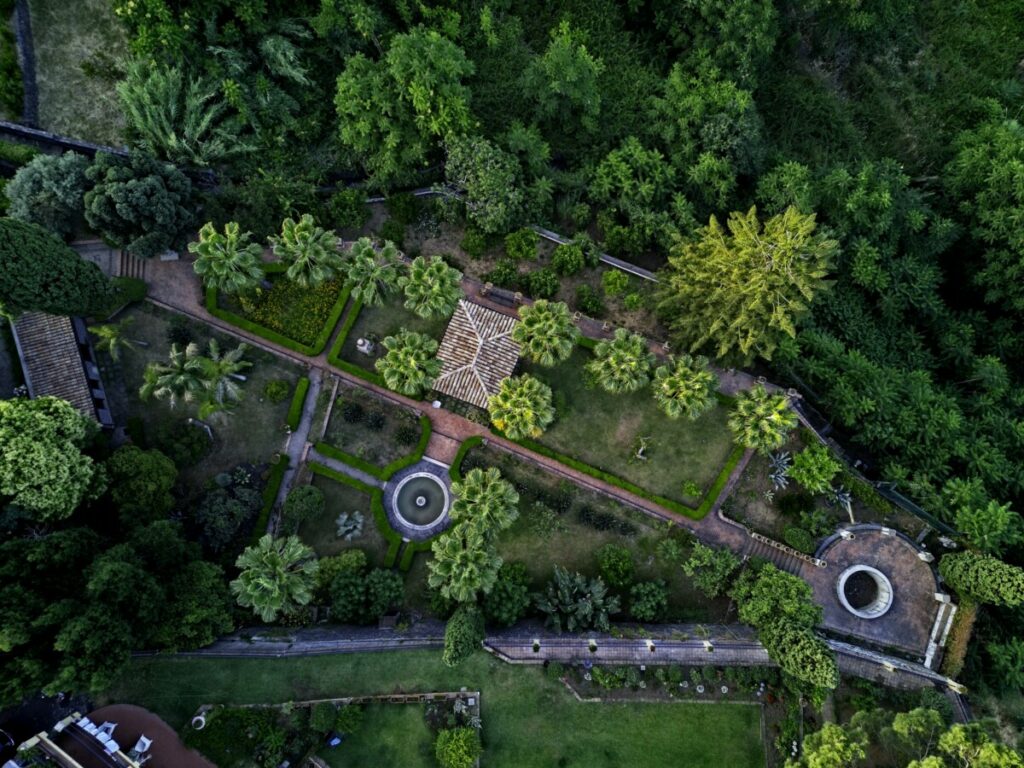
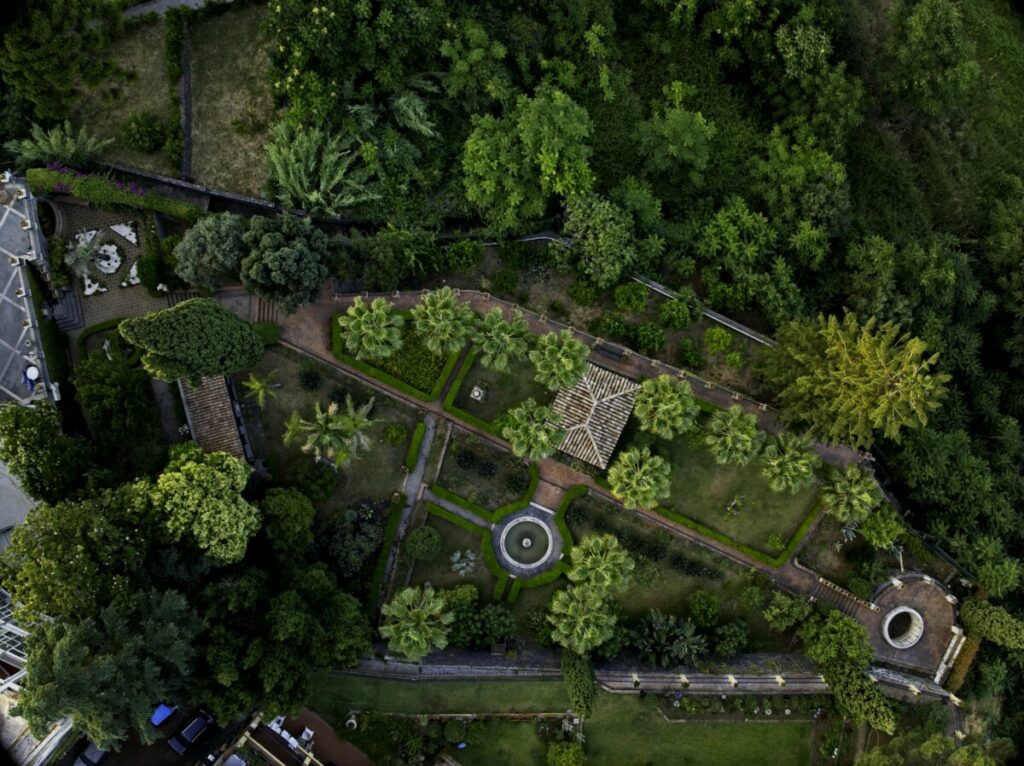
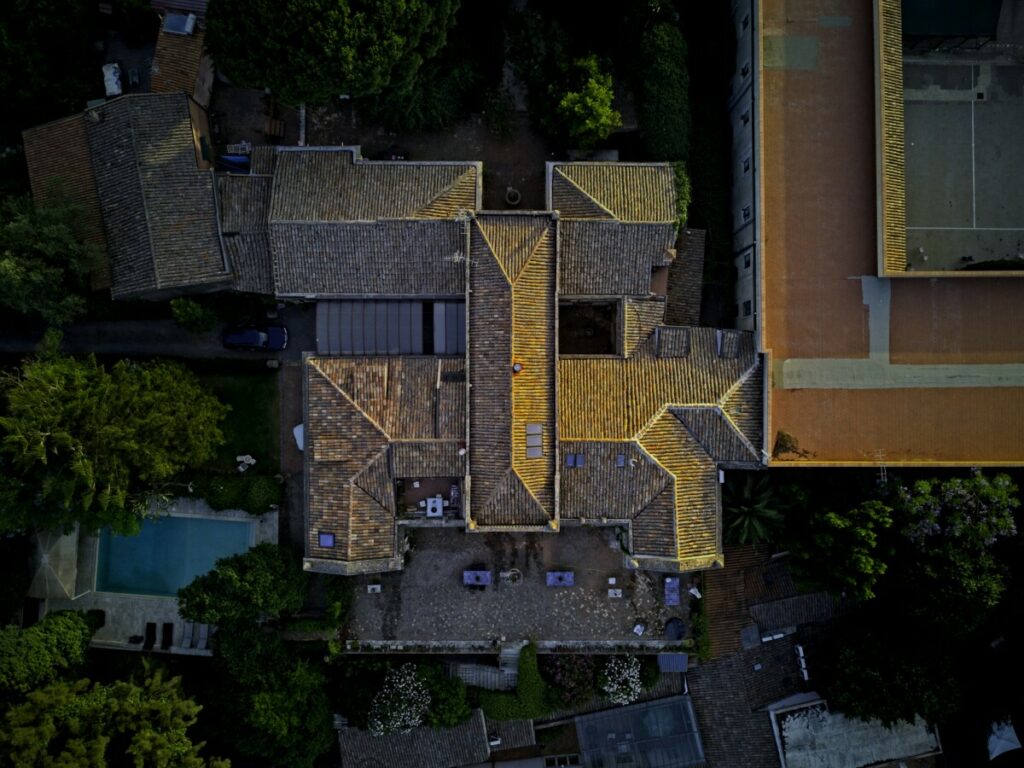
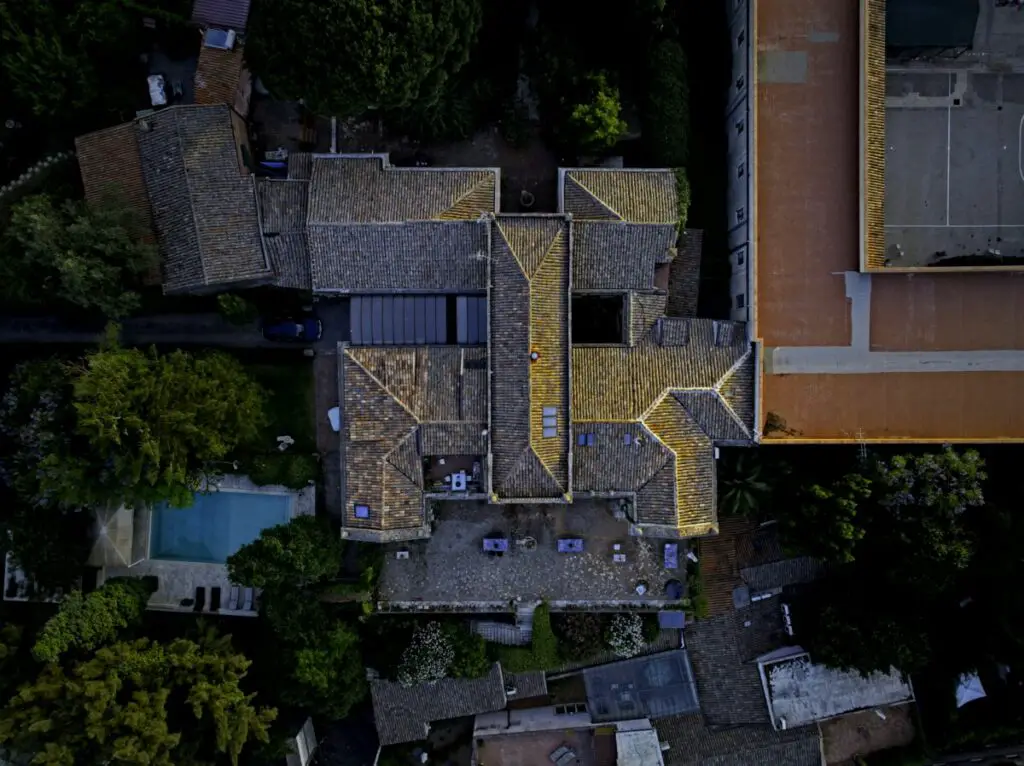
Mini 3 Pro vs Mavic 3 Photography Against the Sun
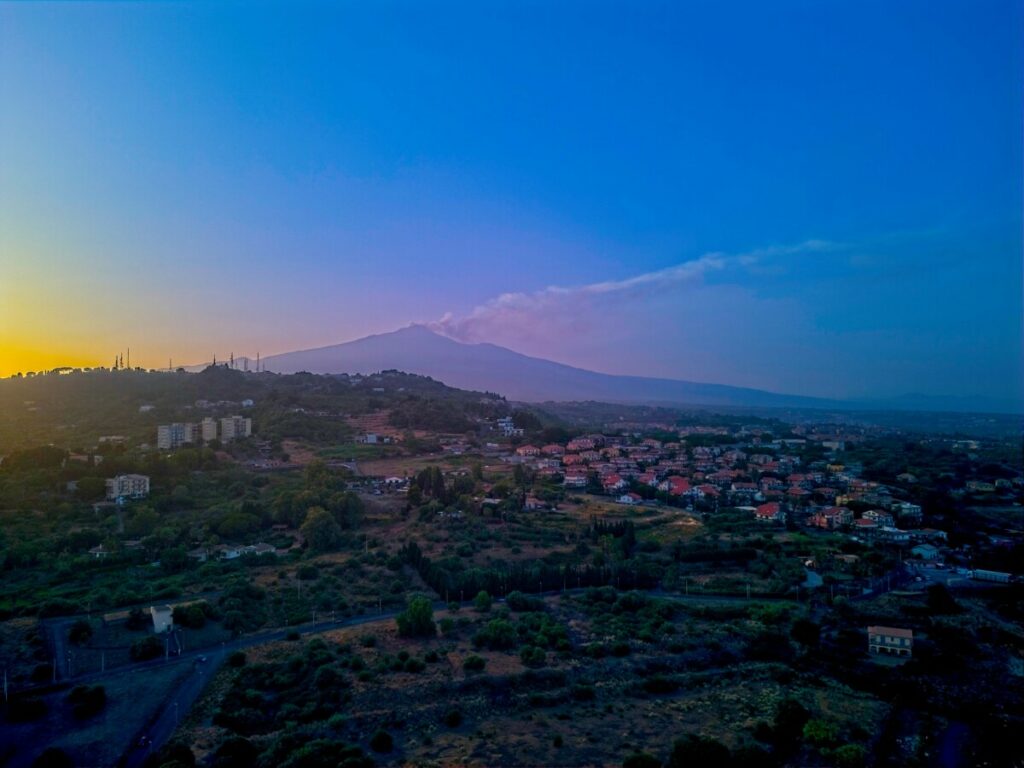
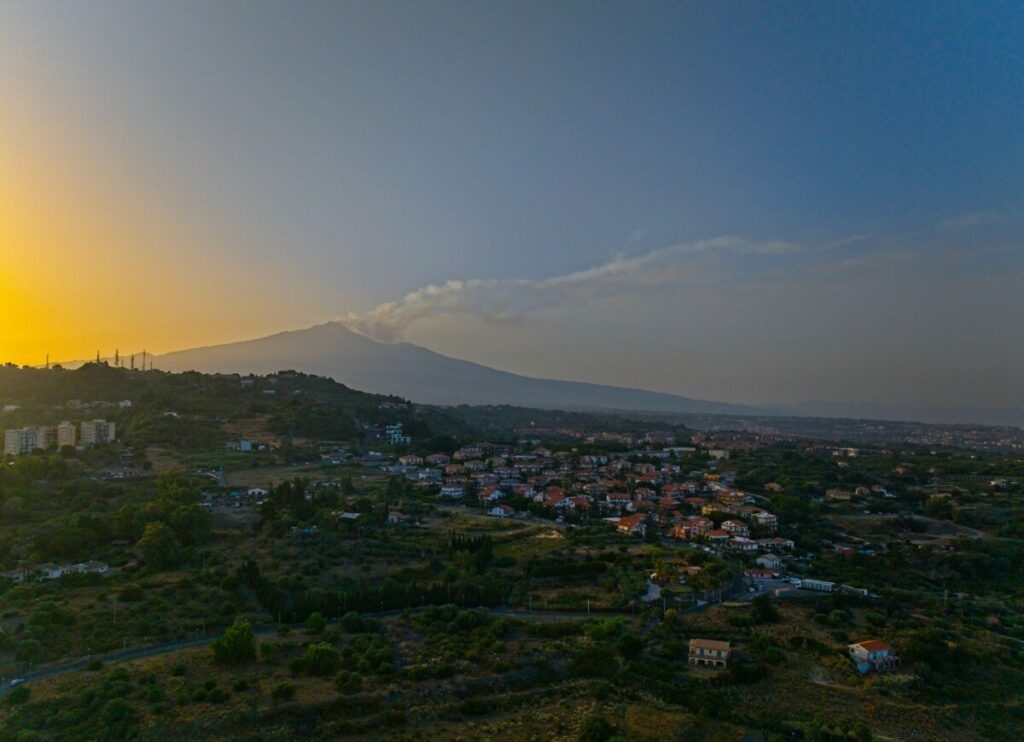
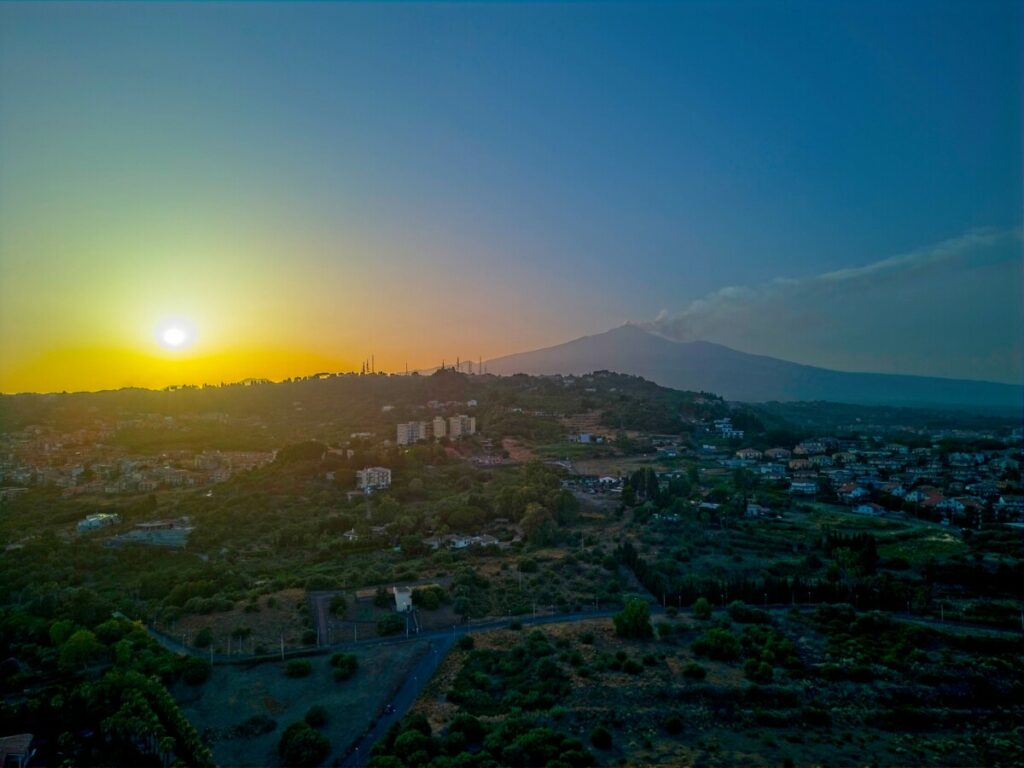
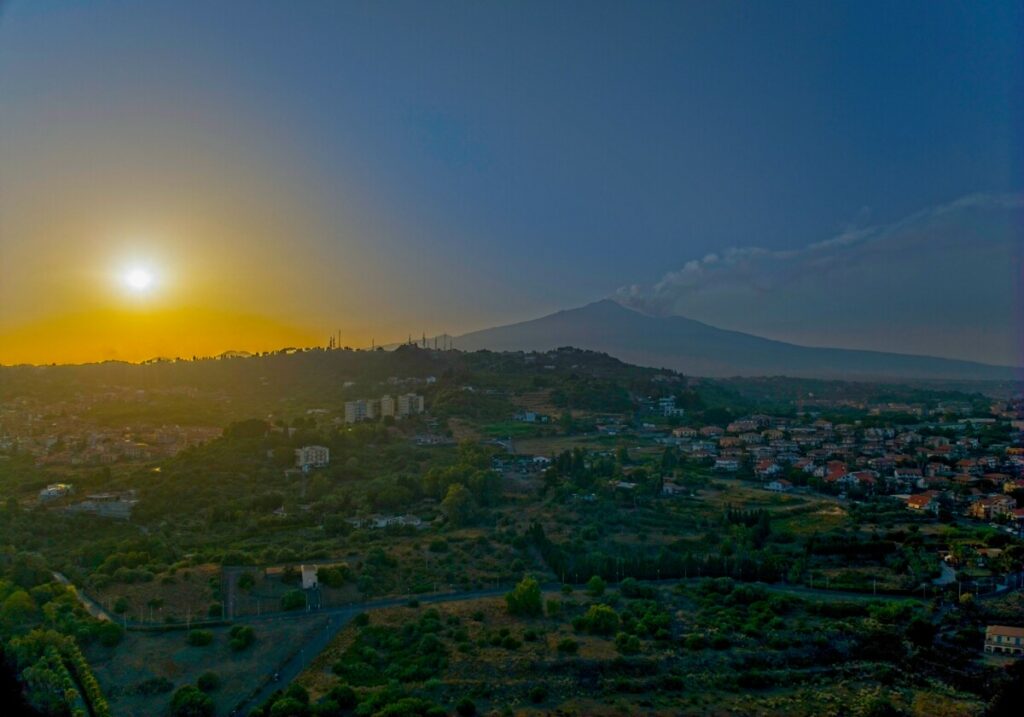
Shooting in the direction of the sun is the hardest test for a camera, as the dynamic range is extreme. The sensor and the lens are pushed to their limits
Against the sun the Mavic 3 has sensational colors. No flares or loss of detail. But there is some chromatic noise in the shadows, which is surprising considering the large sensor. The Mini 3 Pro does an excellent job with no artifacts and no noise in the shadows. The colors are nice, even though they cannot match the ones of the Mavic 3
With both models, we can improve the quality of images taken against the sun, especially in the shadows, by shooting five Automatic Exposure Bracketing photos and merging them into HDR. Here is m analysis of AEB bracketing photos with the Mini 3 Pro
DJI and Hasselblad have recently put a lot of care into the quality of the lens in the whole current DJI line, with special attention to the flagship model
Mini 3 Pro vs Mavic 3 Night Photography
With the Mavic 3, the colors are excellent, as usual. But in low light, there is some luminance noise in the sky and some chromatic noise in the shadows. Furthermore, the shadows don’t have much detail. The Mini 3 Pro really shines in low light, due in part to the extreme aperture of f 1.7 of the lens
Here are my analysis of low-light photography with the Mini 3 Pro
